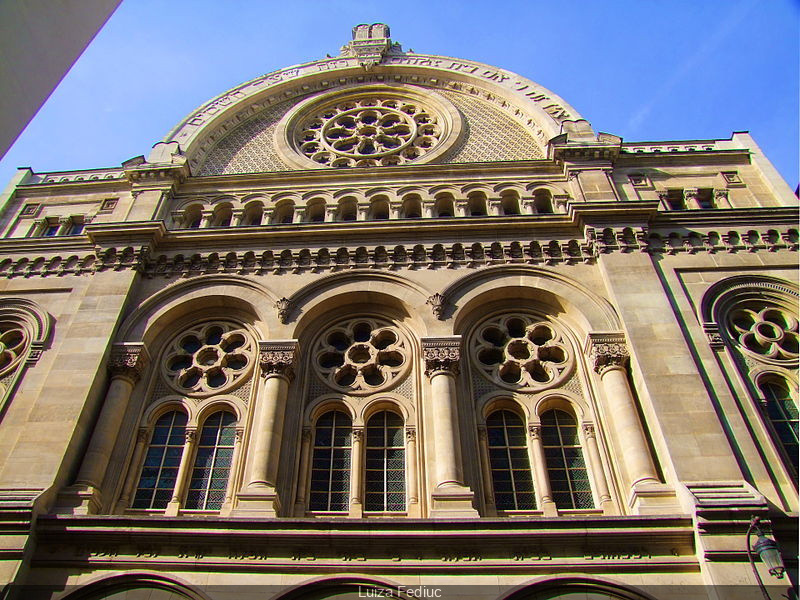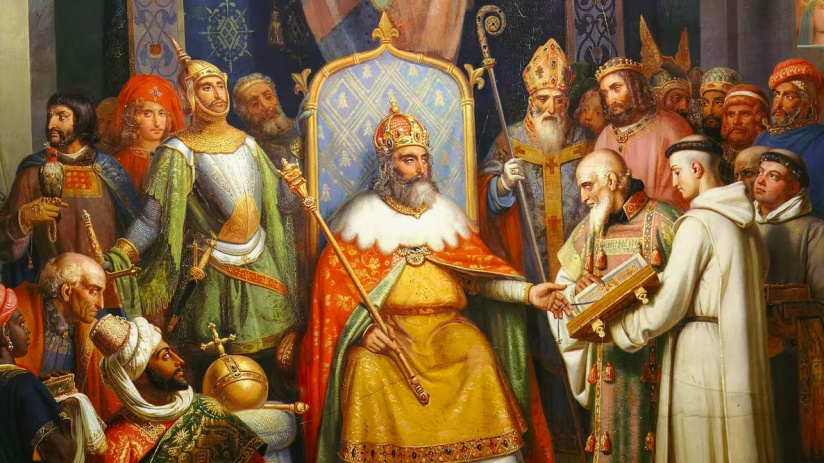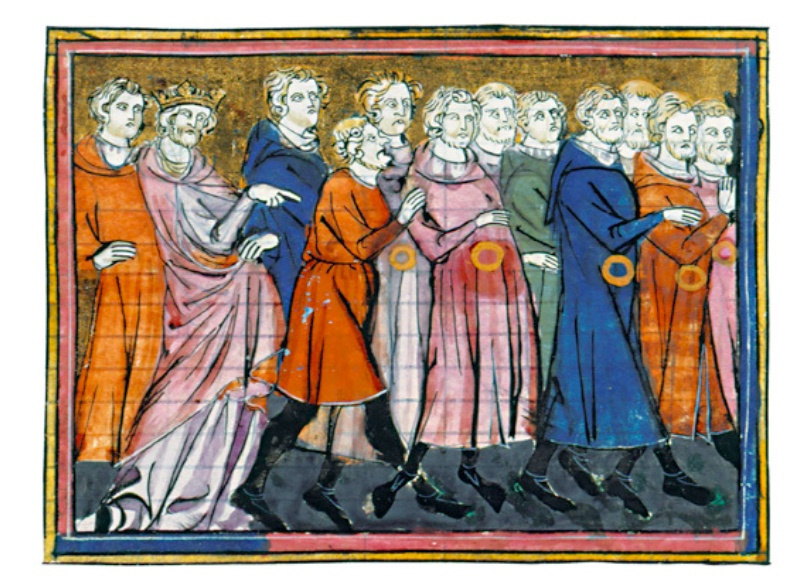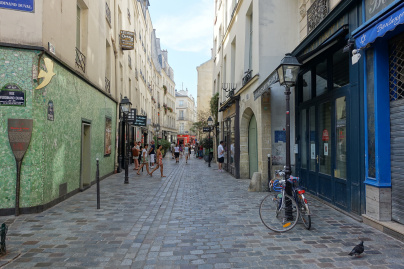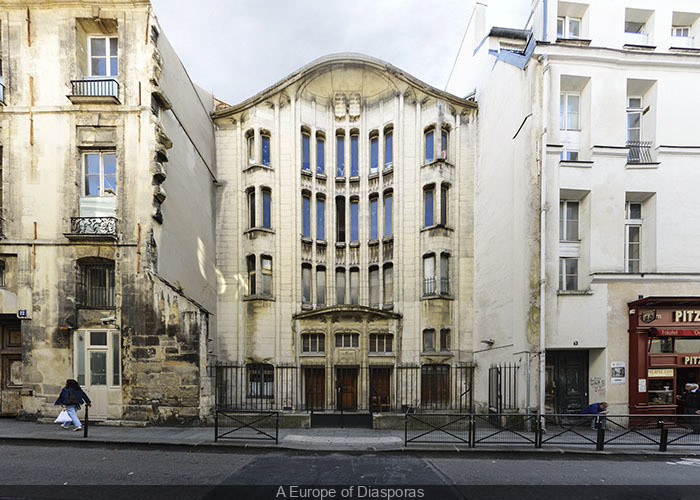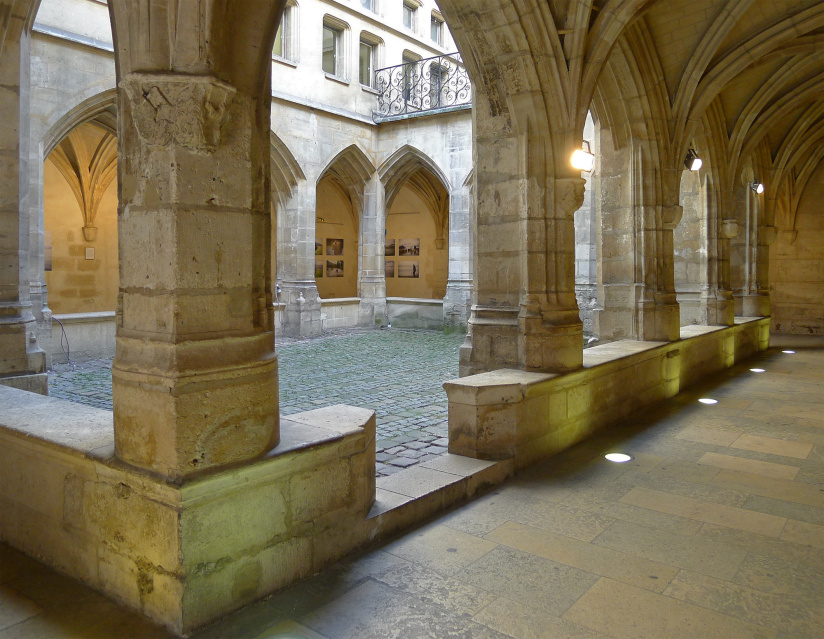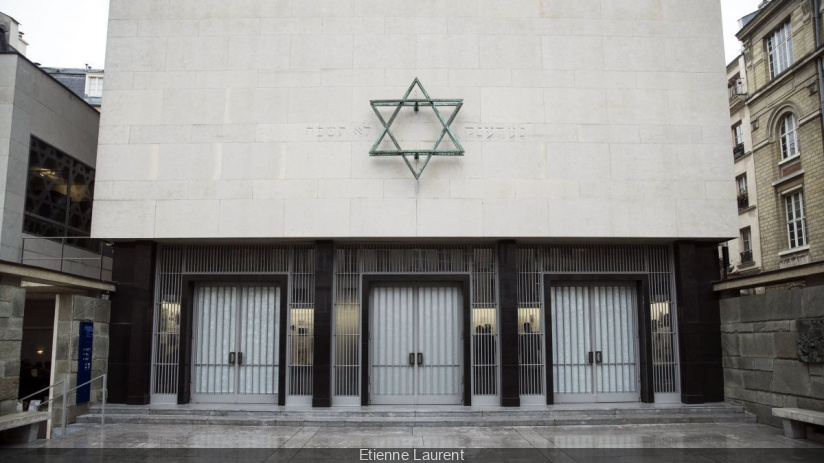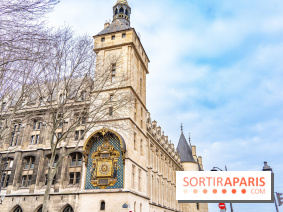Take a look back at the history of the Jewish community in Paris, long subject to the approval or opprobrium of the ruling monarch, and discover the capital's Jewish heritage and sites.
It's a way of discovering the presence of Jews in the capital from the early Middle Ages, as attested by texts and the construction of monuments, some of which are still visible today, and of crossing the threshold of places steeped in history and marked by a rich cultural heritage.
The Jews arrived in Paris around 465, after a decree by Varenne stripped them of certain rights, and settled in the capital. A street on the Ile de la Cité leading directly to the royal castle was even renamed rue de la Juiverie, and the first Parisian synagogue, now defunct, was built in 582. The Jews of Paris lived in harmony with their neighbors, and practiced their religion in complete freedom.
But as the boundary between Church and royalty became increasingly porous, the fate of the Jews of Paris deteriorated. During the reign of the last Merovingians, the "good" King Dagobert 1st ordered them to convert or leave the capital; many chose to leave. For the next two centuries, between 751 and 967, tensions were calmed by the Carolingians, in particular Charlemagne, Charles II "le Chauve" and Louis I "le Pieux".
During the reigns of Louis VI "le Gros" and Louis VII "le Jeune", the Jewish population of Paris increased once again; they settled in Paris, in Champeaux, but also in the suburbs, in Villejuif, and had two synagogues, one in rue de la Juiverie and a second in rue de la Tacherie, as well as two cemeteries. Envied by some Parisians and as an anti-Jewish movement took shape, the Jews were arrested by order of the sovereign Philip II Augustus as soon as he succeeded his father, Louis VII, to the throne of France.
Expelled, robbed of their property, land and homes, and hit with a heavy toll, the Jews were asked to leave Paris as early as 1182. The synagogue on rue de la Juiverie was donated by the king to the Archbishop of Paris and converted into thechurch of Sainte-Marie-Madeleine-en-la-Cité. With the proceeds from the sale of the Jewish houses, the king built the keep of the Château de Vincennes, while Philip II built a market on the site of the former Champeaux district, which later became the old Halles de Paris .
By 1198, however, the state's finances were at an all-time low, and the sovereign enjoined the Jews, who had contributed to the kingdom's economic prosperity, to return to live and, above all, work in Paris. In order to regain their rights, activities and places of worship - the synagogue on rue de la Tacherie was returned to them, and a new one erected in the 4th arrondissement - the administration went so far as to order them to sign a pledge, promising never to leave the capital again. From then on, they settled in rue des Rosiers; and on the Left Bank, between rue de la Harpe and boulevard Saint-Germain - where, in the last century, the remains of an important medieval Jewish cemetery were unearthed.
But the history of the Jews in Paris is marked by highs and lows, periods of calm and persecution, and under the reign of Louis VIII "the Lion" and Louis IX, known as Saint-Louis, these persecutions resumed. The sovereign wanted to push the Jews of Paris to convert at all costs, and in a decree issued on June 12, 1269, required them to wear the rouelle, a small distinctive piece of cloth. On June 6, 1242, "the good" Saint-Louis had all copies of the Talmud found in the capital burned in the Place de Grève.
The decades and centuries that followed again oscillated between repression and appeasement. Under the reign of Philippe III "le Hardi" and Marguerite de Provence, from 1270 to 1285, a truce gave hope of a definitive end to the conflicts. However, they flared up again under Philip IV "the Fair", and a new decree, issued on July 22, 1306, ordered theexpulsion of all Jews from France. Those who did not convert were killed on the spot. Hundreds of Jews were burned at the stake under Philip V "the Long", blamed for all kinds of illnesses and for poisoning wells.
After a lull of almost 30 years, persecution resumed in 1381, and Charles VI "le Fou" decided once again, under pressure from numerous priests, that the last remaining Jews should leave Paris. Once again, their property was plundered, and those reluctant to leave and convert were massacred. It was not until four centuries later, duringthe Age of Enlightenment, that Jews were once again tolerated in the capital. In the 18th century, Jews of the Portuguese and Avignon rites settled in the Saint-Germain-des-Prés area, while German Jews concentrated in the Temple district. However, they were still subject to restrictions on trade and worship.
Thanks to a slow evolution in ideas and thinking, the French Revolution brought about a significant transformation in the situation of Jews in France and Paris, and they benefited from reforms initiated on the eve of the storming of the Bastille at the request of Louis XVI. UnderEmperor Napoleon, the first consistories were created, and the great Parisian synagogues were built in the 19th century.
Between 1880 and 1940, 100,000 Jews, fleeing the pogroms, arrived fromEastern Europe and resettled on rue des Rosiers, in the Saint-Gervais district and around Place Saint-Paul. This gave the Marais its nickname, Pletzl, which means "little square" in Yiddish. The following centuries were marked by traumatic episodes: theDreyfus affair, the standard-bearer of the new face ofanti-Semitism, deportations, the Vel d'Hiv raid , culminating in the Shoah.
After the tragedy of the Shoah, the Jewish districts of Paris, such as the Marais, but also the 11th, 19th and 20th arrondissements, were emptied of their inhabitants. It wasn't until the 1960s, with the arrival of Sephardic Jews in France, that these neighborhoods and streets came back to life. Today, the Marais district, which stretches along rue des Rosiers and the surrounding streets, is the capital's most famous Jewish quarter.
Some of the most beautiful synagogues in Paris have been built here, such as the Rue Pavée synagogue, designed by Hector Guimard - responsible for the most famous entrances to the Paris metro - or the Tournelles synagogue, a stone's throw from Place des Vosges. Other synagogues, such as the Buffault Synagogue and the Grande Synagogue de Paris in the 9th arrondissement, and the Nazareth Synagogue in the 3rd arrondissement, are also well worth a visit.
Gourmets will not want to miss a trip to the Jewish bakeries and patisseries of the Marais, where they can munch on a poppy seed rugelach, or take away a falafel sandwich from one of the neighborhood's stalls. Please note, however, that on Saturdays, all these stores are closed for Shabbat, the weekly day of rest.
The discovery of Paris's Jewish heritage continues at the Musée d'art et d'histoire du Judaïsme, still in the Marais district. Housed in the 17th-centuryHôtel particulier de Saint-Aignan, the museum features modern and contemporary works of art, as well as an extensive collection of manuscripts, religious objects, textiles and documents on art and history, testifying to key moments in Jewish history from the Middle Ages to the 20th century. A few steps away, on rue des Archives, is the Cloître des Billettes, where, one day in 1290, the legend of "Jonathas the Jew" was held and executed in Place de Grève.
The Memorial de la Shoah, a museum dedicated to Jewish history during the Second World War, with a focus on teaching about the Shoah, and the Mur des Noms, commemorating the 75,568 French and foreign Jews deported from France; the Mémorial des Martyrs de la Déportation, on the Île de la Cité, dedicated to the memory of all those deported from France between 1941 and 1944; and the plaque commemorating the Vel d'Hiv raid, located on the Place des Martyrs Juifs du Vélodrome d'Hiver, in the 15th arrondissement.
Finally, to round off this exploration of Paris's Jewish heritage, why not visit the cemeteries of Père-Lachaise, Montparnasse and Montmartre, as well as the lesser-known Portuguese cemetery on rue de Flandre, where Paris's clandestine Jews were buried at the request of the sovereign - at night, in silence and without services. For this, you'll have to rely on your luck and find a local; located in a building courtyard, it is inaccessible to passers-by.
